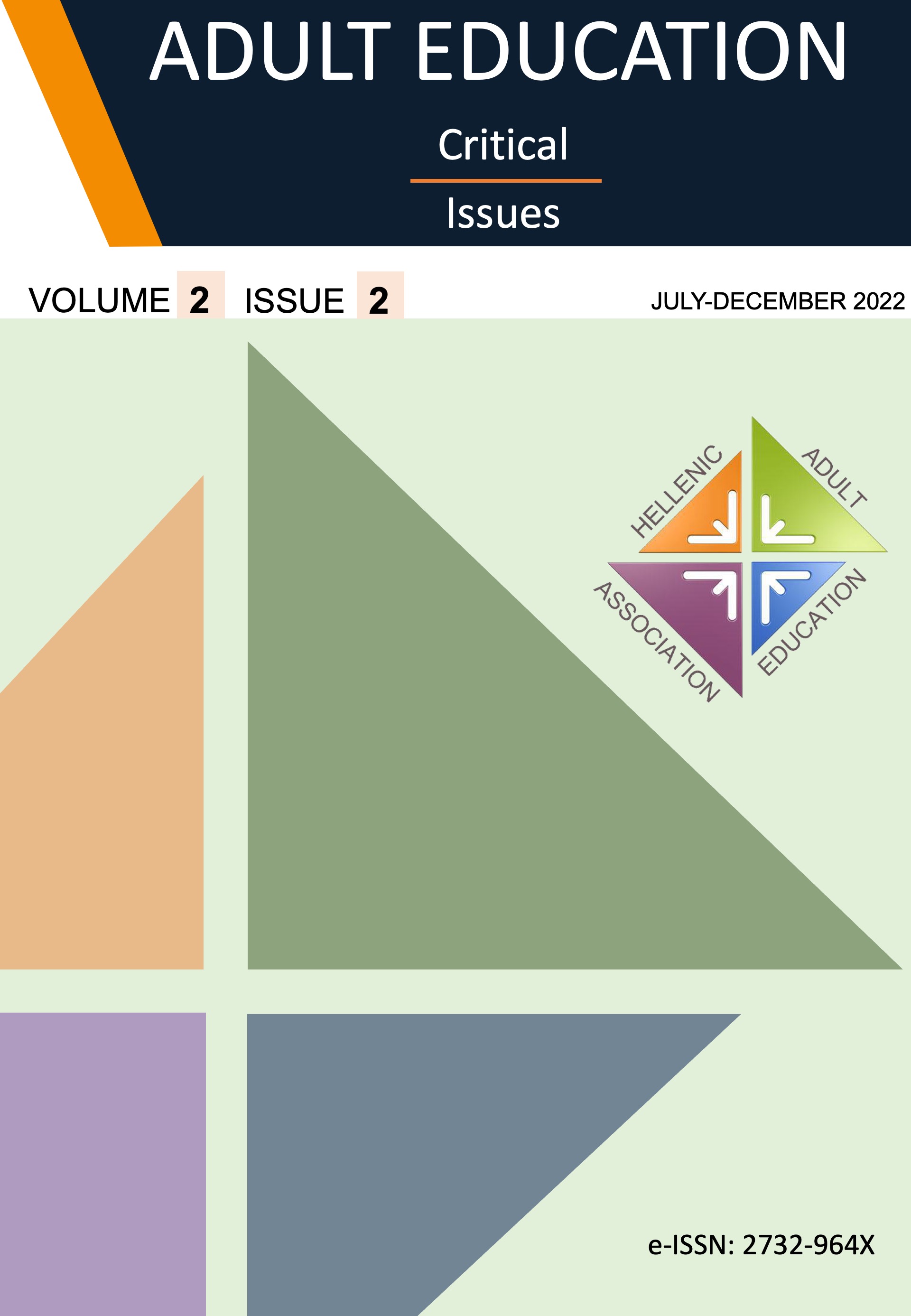Graffiti as a lever of critical awareness: a modern implementation of Freire's pedagogical program

Abstract
The content of the article deals with the the pedagogical approach of Paulo Freire in a fresh way. As is well known, the Brazilian Educator introduced for his time a pioneering approach to learning and teaching that awakens politically, stimulates socially and releases consciously, under conditions of dialogue. Through the sketches that Freire himself commissioned to important artists of his time, such as Francisco Brennand*, the adult learners gradually, not only became familiar with the use of basic vocabulary, reading and writing, but, moreover, through the process of coding and decoding they realized the source of their oppression and their potential human rights. Can the same thing happen today? Is it possible, public works of art to play an awakening role in the modern citizen’s consciousness and how? I elaborate this concern in the context of this article, taking into account the process of ‘codification’ and ‘decoding’ as traditionally defined by Freire (Freire 1974).
The artistic trigger for the activation of the critical dialogue in the present socio-political context of humanity are contemporary works of art - such as graffiti. Graffities reflect a silent protest about what is happening that is accessible to all, since they are an integral part of the urban landscape of big cities around the world.
From the wide range of graffities, the work of the artist STMTS* was selected for practical application of Freire’s principles. The artist's works are well known not only in Greece, but also internationally. Their powerful metaphors challenge observers to reflect on the reality they experiencing in the modern world, under the guidance of Freire’s methodology.
Article Details
- How to Cite
-
Mega, G. (2022). Graffiti as a lever of critical awareness: a modern implementation of Freire’s pedagogical program. Adult Education Critical Issues, 2(2), 66–85. https://doi.org/10.12681/haea.31114
- Section
- Articles

This work is licensed under a Creative Commons Attribution 4.0 International License.
Authors who publish with this journal agree to the following terms:
- Authors retain copyright and grant the journal right of first publication with the work simultaneously licensed under a Creative Commons Attribution License that allows others to share the work with an acknowledgement of the work's authorship and initial publication in this journal.
- Authors are able to enter into separate, additional contractual arrangements for the non-exclusive distribution of the journal's published version of the work (e.g., post it to an institutional repository or publish it in a book), with an acknowledgement of its initial publication in this journal.
- Authors are permitted and encouraged to post their work online (e.g., in institutional repositories or on their website) prior to and during the submission process, as it can lead to productive exchanges, as well as earlier and greater citation of published work (See The Effect of Open Access).


